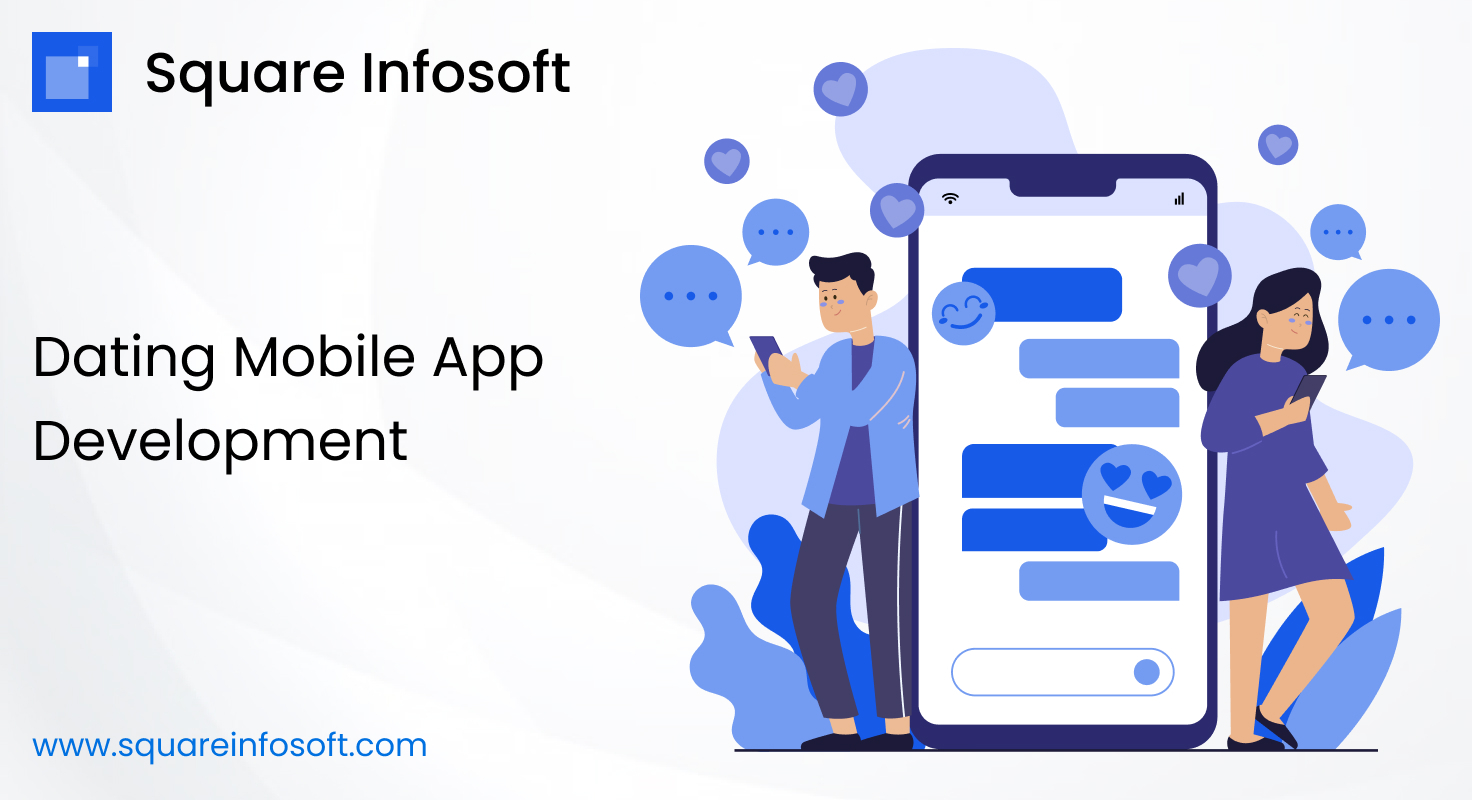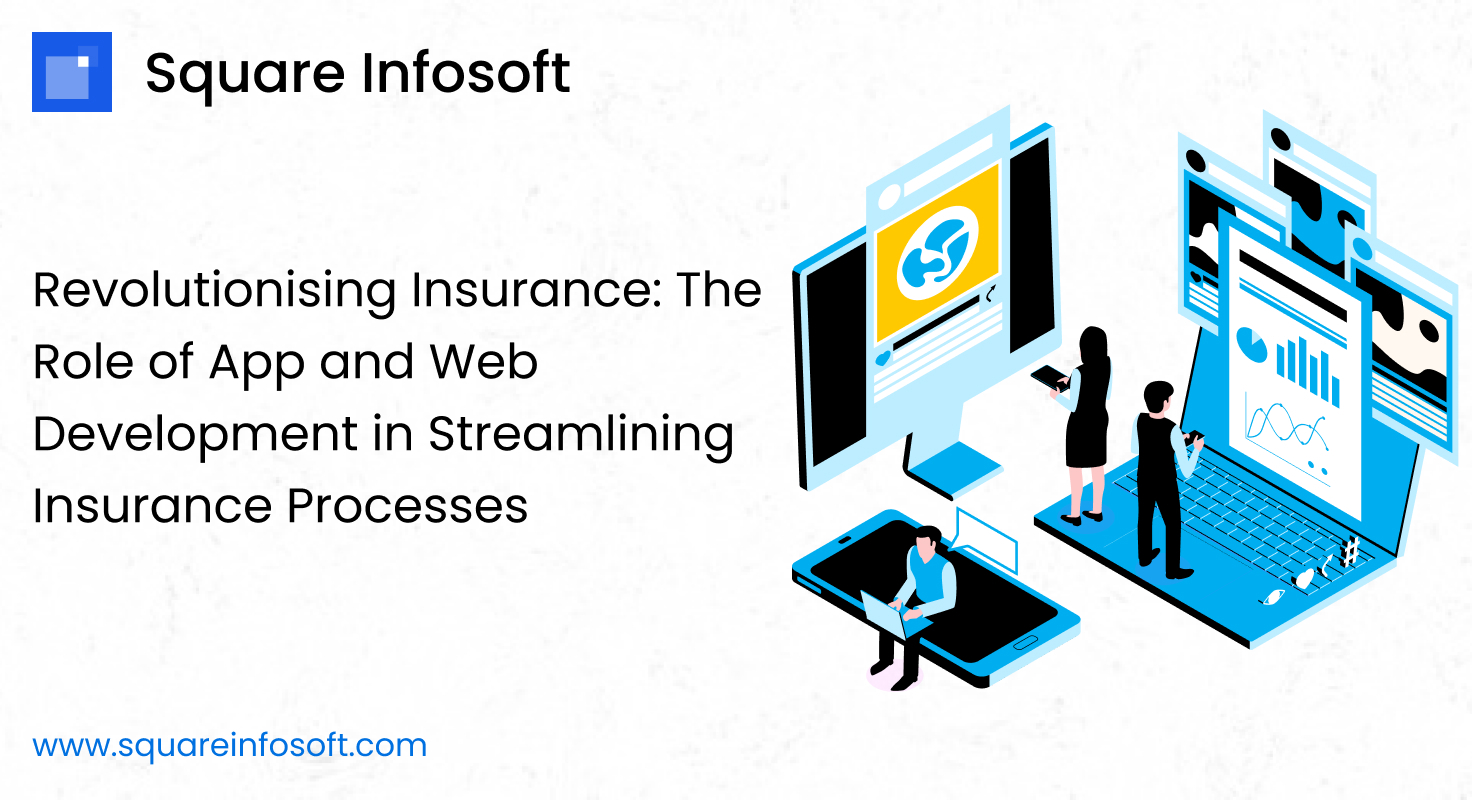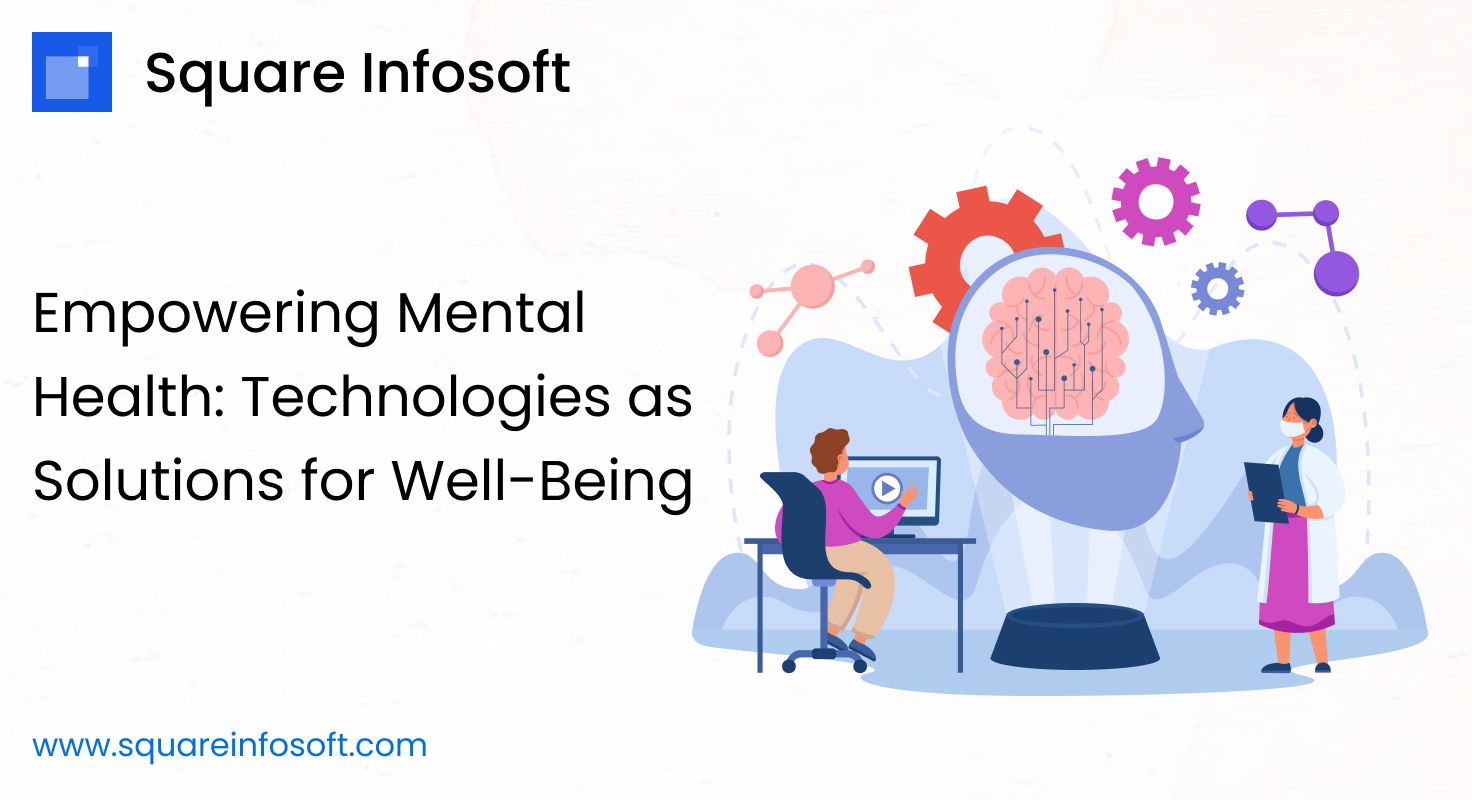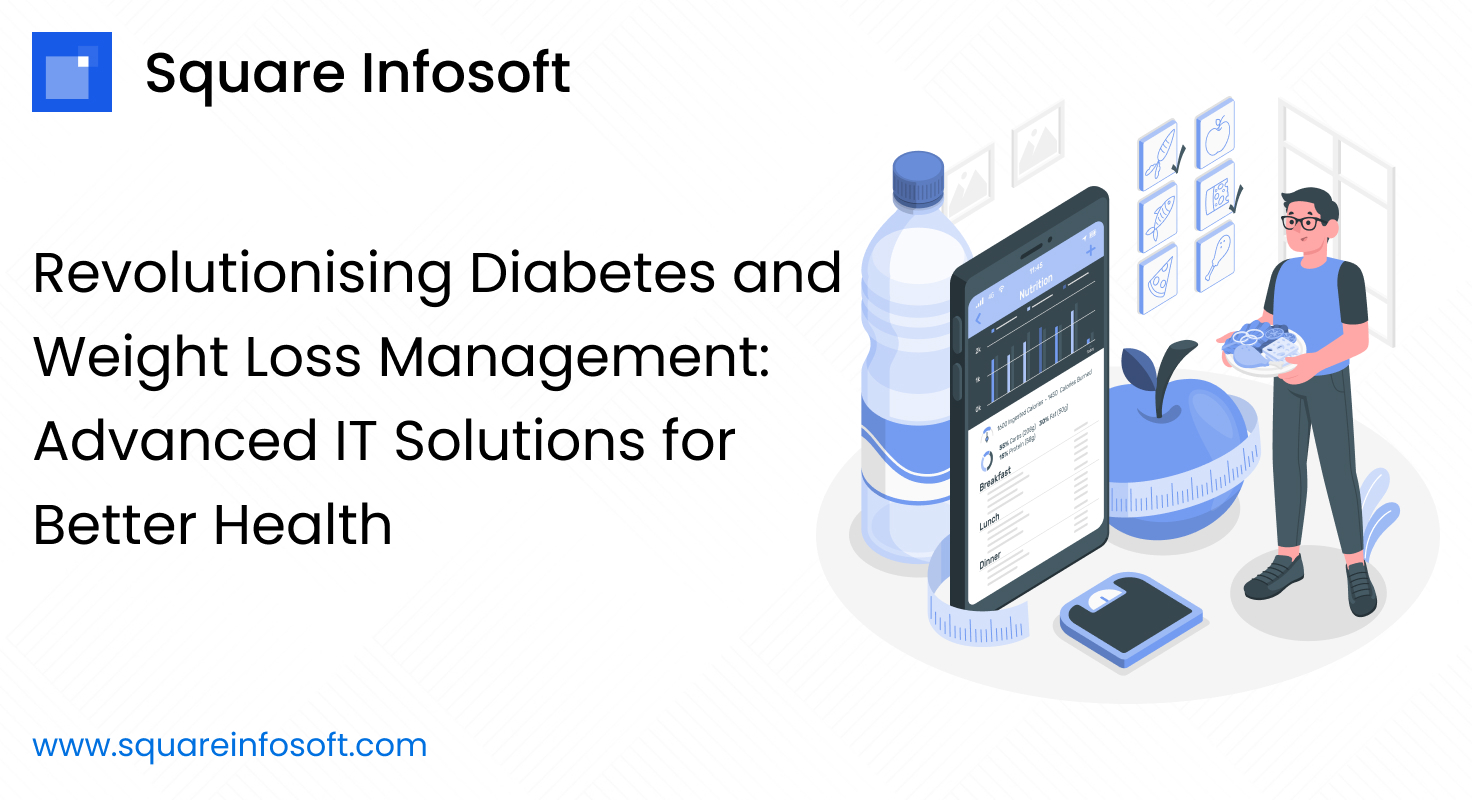Developing a dating mobile app requires careful consideration of user experience, safety, and unique features to stand out in a competitive market. Here’s a step-by-step guide to help you create a successful dating app:
1. Market Research and Conceptualization: Understand the target audience and their preferences (age, location, interests). Identify gaps in the existing dating app market and brainstorm unique features.
2. Define Core Features: User profiles: Allow users to create detailed profiles with photos and information. Matching algorithm: Develop an effective algorithm to suggest potential matches based on user preferences. Messaging: Enable real-time messaging between matched users. Geolocation: Use GPS to show nearby potential matches. User verification: Implement methods to verify user identities for safety.
3. Design and User Experience (UX): Create an intuitive and visually appealing interface. Focus on ease of use, with simple navigation and clear actions. Design user flows for profile creation, matching, and messaging.
4. Platform and Technology Selection: Decide whether to develop for iOS, Android, or both. Choose the appropriate programming languages (Swift, Kotlin/Java) and tools. Consider using a backend-as-a-service (BaaS) solution for quicker development.
5. Development: Build the app’s front-end and back-end components. Implement user registration, profile creation, matching, and messaging functionality. Develop a robust notification system to keep users engaged.
6. Safety and Privacy: Implement user verification processes to ensure authenticity. Provide reporting and blocking features to address inappropriate behavior. Encrypt user data and ensure compliance with data protection regulations.
7. Testing and Quality Assurance: Test the app thoroughly to identify and fix bugs and glitches. Conduct testing on different devices and screen sizes.
8. Deployment: Publish the app on app stores (Apple App Store, Google Play Store) following their guidelines. Create engaging app descriptions, screenshots, and promotional materials.
9. Marketing and User Acquisition: Develop a marketing strategy to attract users (social media, influencer partnerships, advertising). Offer incentives for referring friends or completing profile setups.
10. Monetization: Decide on a monetization strategy (freemium, subscription, in-app purchases, ads). Offer premium features to paying users, such as ad removal or advanced search filters.
11. Continuous Improvement: Gather user feedback and make regular updates based on suggestions and trends. Keep the app fresh with new features and improvements to maintain user engagement.
12. User Support: Provide clear channels for user support and feedback within the app. Address user concerns and inquiries promptly.
Developing a successful dating mobile app requires a comprehensive approach that encompasses market research, thoughtful design, robust development, stringent safety measures, effective marketing strategies, and ongoing iteration based on user feedback. By following the step-by-step guide outlined above, developers can create a dating app that not only meets the needs and preferences of their target audience but also stands out in a competitive market.
The market research and conceptualization phase lay the foundation for understanding the target audience and identifying unique features that will set the app apart. User profiles, matching algorithms, messaging functionality, and geolocation features are essential core features that enhance the user experience and facilitate meaningful connections.
Design and user experience are critical aspects of creating an engaging dating app. A visually appealing interface, intuitive navigation, and seamless user flows contribute to user satisfaction and retention. Choosing the right platform and technology stack ensures optimal performance and scalability across different devices and operating systems.
Safety and privacy are paramount considerations in dating app development. Implementing robust user verification processes, reporting and blocking features, and data encryption measures help create a secure environment for users to interact and build relationships.
Thorough testing and quality assurance procedures are essential to identify and address any bugs or issues before deployment. Publishing the app on app stores and implementing effective marketing strategies are key steps in attracting users and driving user acquisition.
Monetization strategies such as freemium models, subscriptions, in-app purchases, and ads provide avenues for revenue generation while offering value to users. Continuous improvement based on user feedback ensures that the app remains relevant and engaging over time.
Finally, providing excellent user support and maintaining open channels for communication with users foster trust and loyalty. By prioritizing user satisfaction and safety, developers can create a dating app that not only connects people but also enriches their lives and contributes positively to their overall well-being.




